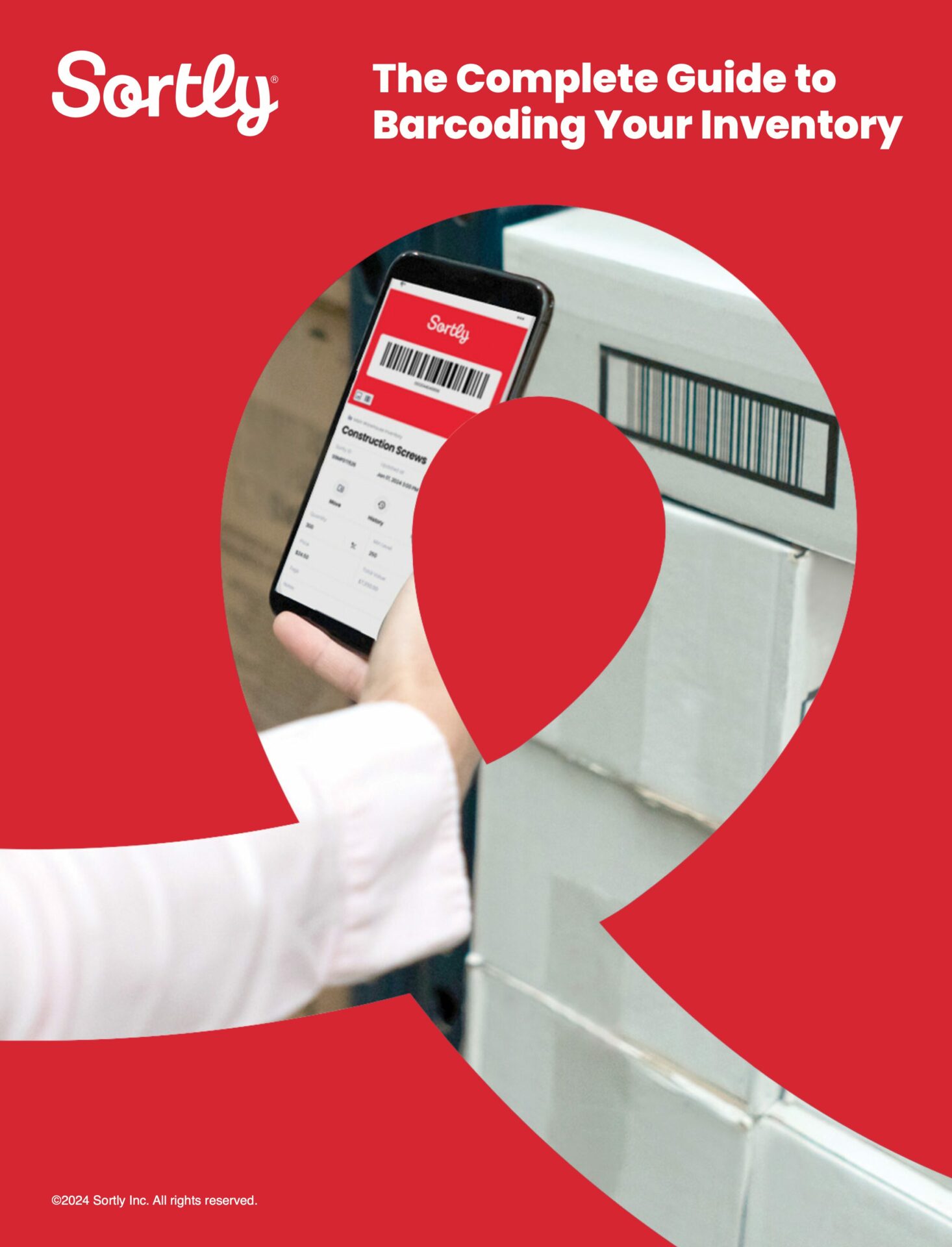These days, emerging technologies like RFID tags, barcodes, and QR codes are used to make life easier for businesses and consumers. But recently, more and more people have been talking about NFC technology, otherwise known as “near field communication.”
This article will dive deep into how NFC tags work, then help you understand the RFID vs. NFC difference. We’ll also explain how NFCs differ from barcodes and QR codes.
What is NFC?
If you use your smartphone to make contactless payments, enter your office building with a key card, or touch your phone to a router to instantly connect to WiFi, you’re probably already using NFC technology in your everyday life. NFC tags are also used for gaming and social networking.
There are three modes of NFC technology, although not every NFC tag offers all three methods. These modes are:
- NFC card emulation—the device functions like a credit card or admission ticket
- NFC peer-to-peer—two devices communicate or share data
- NFC reader/writer—the device interprets data on other NFC tags featured in “smart” posters, labels, and so on
RFID vs. NFC
You’ve likely heard of RFID technology, also known as radio frequency identification. RFID technology is widespread, and every RFID tag contains a radio antenna and a microchip filled with important data.
In inventory management, RFID tags are often used to track inventory as it moves and to discourage inventory shrinkage. Other uses for RFID tags include access badges, pet microchips, toll road transponders, and much more.
Unlike NFC tags, RFID tags can communicate at much longer distances. That makes RFID tags better for lots of everyday actions, from driving through a toll at high speed to tracking inventory in a high-traffic retail store.
That being said, NFC’s ultra-short range makes the technology even more secure. That’s why NFC tags are turning smartphones into digital wallets. If you tap your phone to pay for your morning coffee or bus fare, that’s likely NFC technology at work.
To sum it up, RFID technology is a proven (albeit at times costly) way to track inventory, especially in settings where an extra level of surveillance is desirable. NFC is an up-and-coming technology that will streamline a lot of everyday processes—but inventory management isn’t likely to be one of them.
Related: RFID vs. Barcodes for Inventory Management
NFC vs. barcode
A barcode is a visual representation of data, displayed as a one-of-kind combination of bars and spaces. You’ve seen them on everything from a bag of chips to medical equipment.
Usually, a barcode is used to track inventory behind the scenes or assist during a transaction, such as a transfer or a sale.
Some items, such as tickets to a concert or a sporting event, may have used barcode technology in the past. Now, more and more venues are using NFC technology to turn their customer’s phones into digital tickets.
When it comes to inventory management or asset tracking, there’s no distinct upside to replacing a barcode with an NFC tag, since a barcode already offers instant access to relevant data with a quick scan from a barcode reader.
Related: How Do I Barcode My Inventory?

Free Ebook: The Complete Guide to Barcoding Your Inventory
This easy, comprehensive guide will help you:
- Implement a barcode inventory system for your business
- Generate your own unique barcodes
- Practice perpetual inventory control with barcoding
NFC vs. QR code
A QR code is like a barcode, but able to store even more data. These “quick reference” codes are a two-dimensional image that can do everything from helping companies track inventory to offering consumers quick access to a website, product listing, or app.
A QR code can only be activated by scanning it, usually with a smartphone camera. That action will take users to an app screen, a website link, or some other activation. But with an NFC code, the action is usually performed automatically.
That’s great for making a payment or accessing a building, but not as helpful for other activities such as scanning a list of services or editing details about a product. That’s also why QR codes offer unmatched detail and precision when it comes to inventory management.
Related: What’s Better for Inventory Management: Barcodes or QR Codes?
Inventory management using emerging technologies
While NFC is changing how we perform everyday tasks, it’s not likely to change how businesses track their inventory and assets. Tried-and-true methods like RFID, barcode, and QR code inventory systems remain the most powerful, efficient ways to automate inventory management today.
Retail businesses at risk of inventory shrinkage may decide to pay extra for an RFID inventory system. Still, most other companies choose the flexibility, affordability, and ease of a barcode or QR code inventory management system.
About Sortly
Experience the simplest inventory management software.
Are you ready to transform how your business does inventory?
Sortly helps you track, manage, and organize all your inventory—from any device, in any location. We’re an easy-to-use inventory solution that’s perfect for small businesses. Sortly builds inventory tracking seamlessly into your workday so you can save time and money, satisfy your customers, and help your business succeed.
With Sortly, you can track consumable inventory like supplies, parts, and raw materials, assets like equipment and machinery, and anything else that matters to your business. It comes equipped with smart features like barcoding & QR coding, low stock alerts, customizable inventory folders, smart reporting, and much more. Best of all, you can update inventory right from your smartphone—and so can your team.
Whether you’re just getting started with inventory management or you’re an expert looking for a more efficient solution, we can transform how your company manages inventory—so you can focus on building your small business. That’s why over 15,000 businesses globally trust us as their inventory management solution.
Start your two-week free trial of Sortly today.




